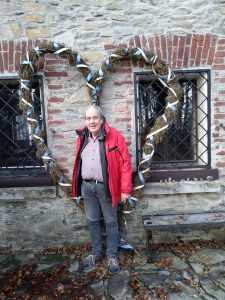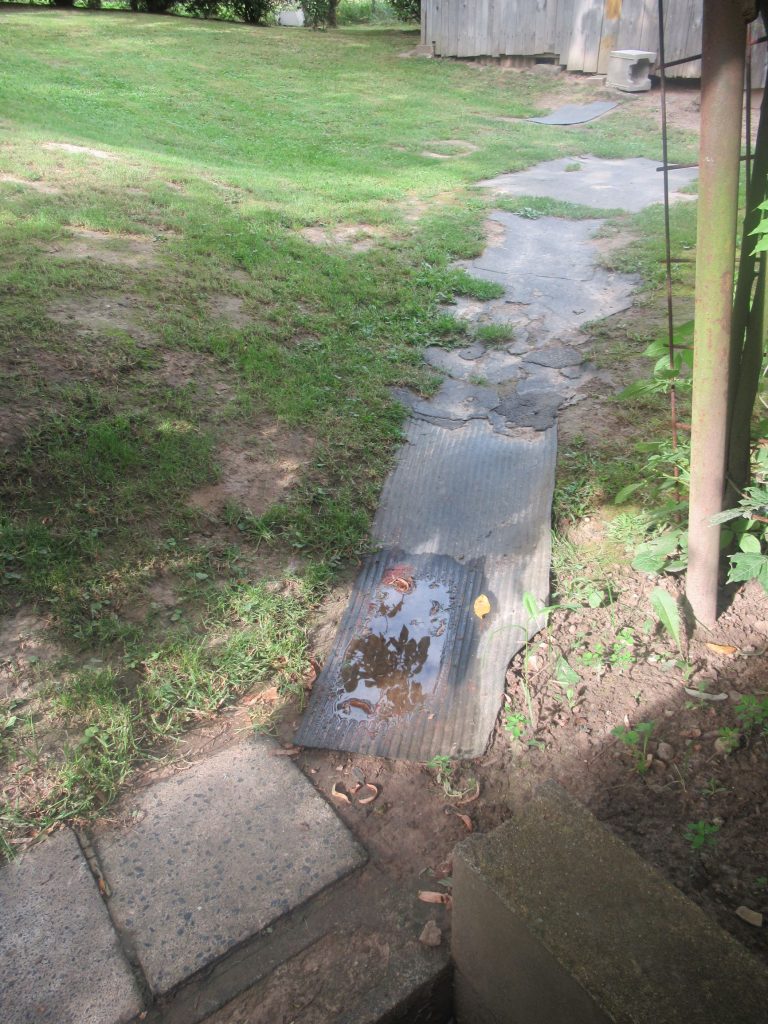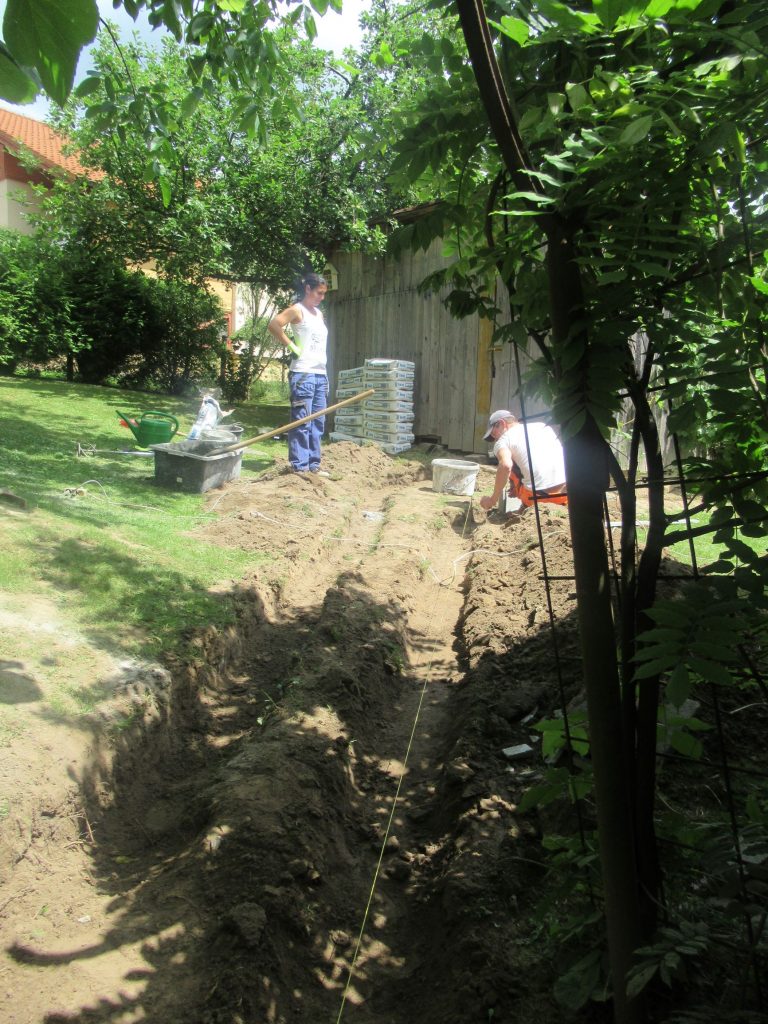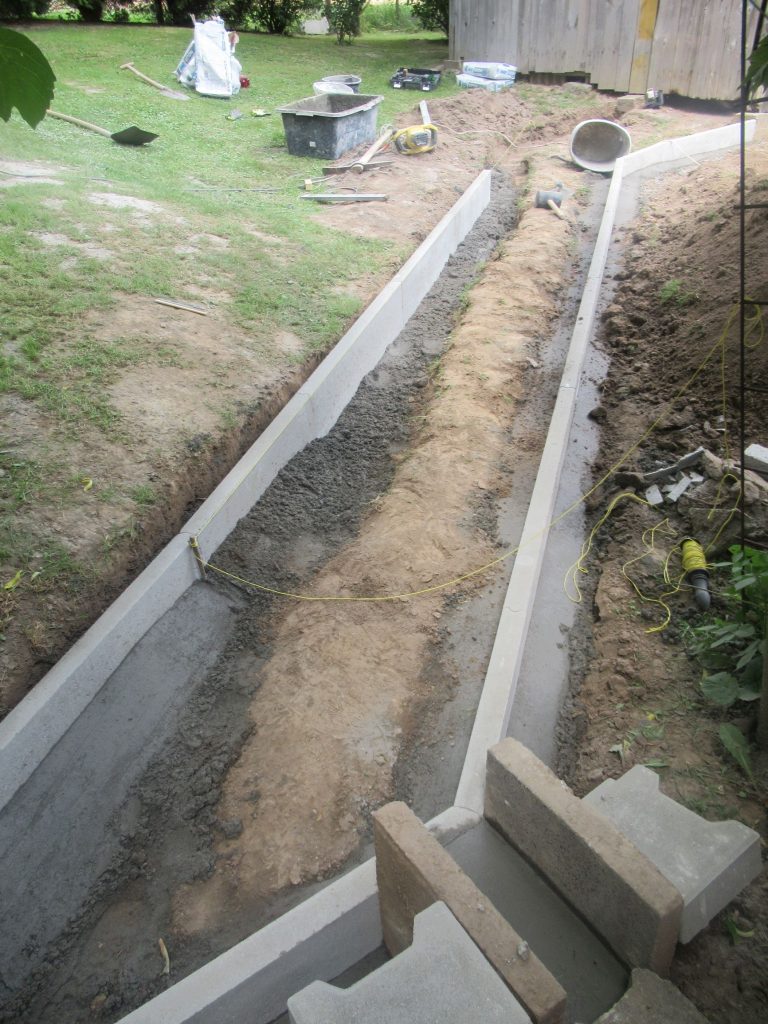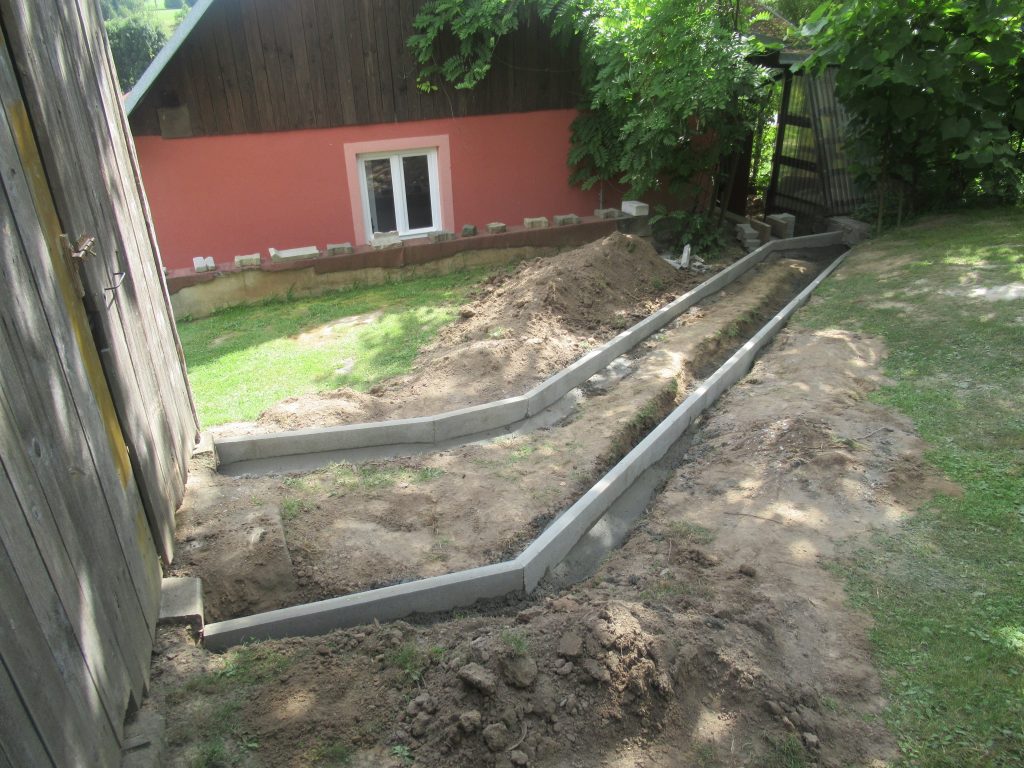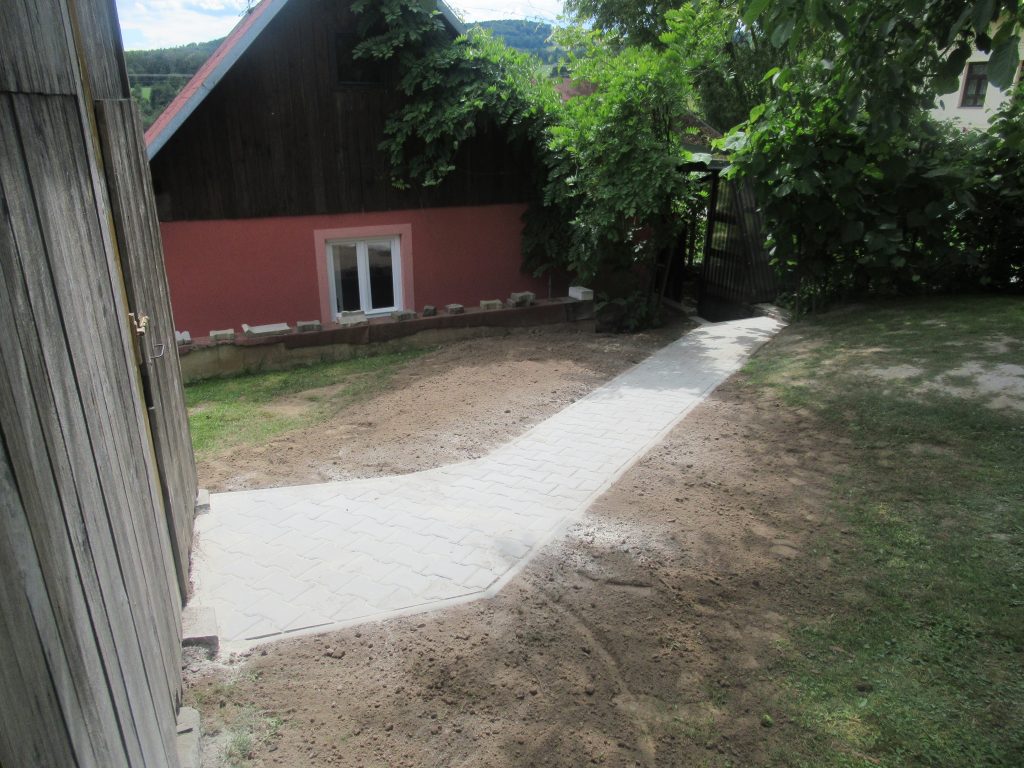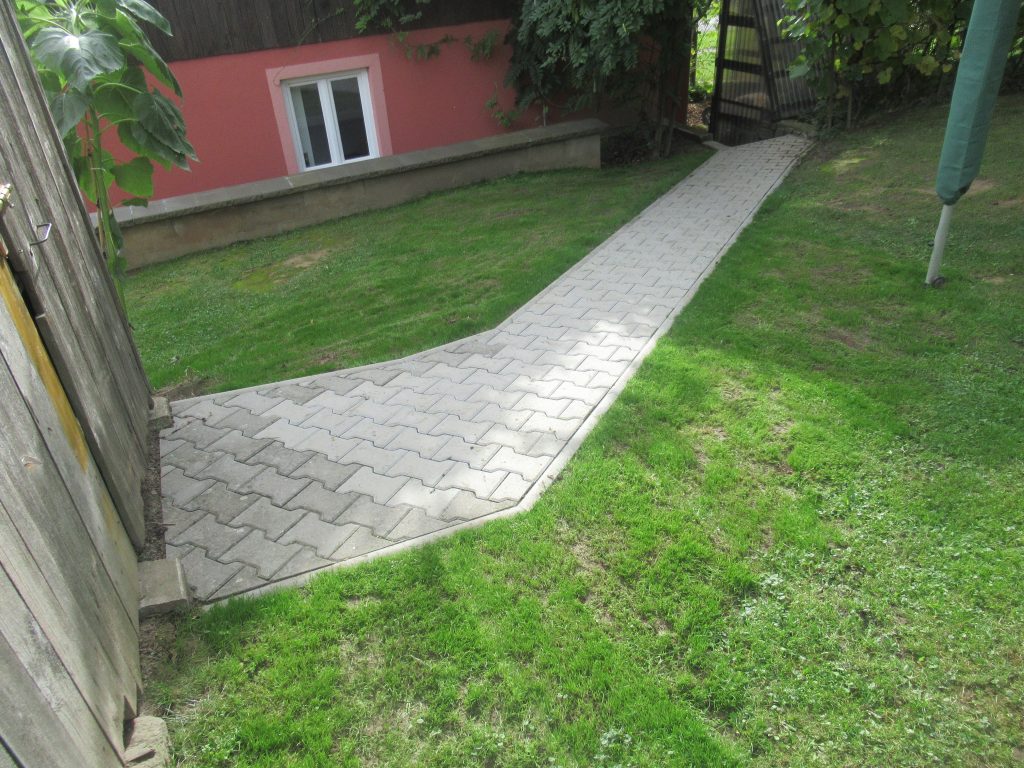
As a recipient of a UK state pension and living in the Czech Republic, last Friday I received a letter from the British government. The letter was organised by the Foreign Secretary, Dominic Raab, and the Secretary of State for Work and Pensions, Thérèse Coffey. Below is the text of what I have written in reply, sent this afternoon by email, to both ministers.
Dear Mr Raab, Dear Ms Coffey,
On Friday 4th December 2020, I received a letter entitled, ‘UK Transition Period: A message for UK Nationals living in the Czech Republic’. Ostensibly, it came from the British Embassy in Prague. However, as is acknowledged at the end of the letter, it was actually compiled by the Department of Work and Pensions (DWP) in London. Interestingly, it was posted to me from Port Louis, Mauritius – so much for the UK government’s commitment to reducing its carbon footprint 🙁
At least on this occasion, the DWP managed to address me with my correct name. Just over a year ago, I received another letter from the DWP dated 7th October 2019, assuring me that following Brexit, I would still continue to receive my UK state pension. However, that letter was addressed to Rev Warwick Panayiotou – one of about 98,000 letters that were sent out with incorrect names on them. Please note, my surname is Yates. Both that letter, and the recent one, contained the assurance that at the DWP, ‘We treat personal information carefully’. If ever there was an empty promise…..
I knew that I would receiving this latest letter because I had already seen the press release announcing that the UK government would be writing to me. Mr Raab, in that press release you are quoted as saying, ‘Protecting the rights of UK nationals living across Europe is an absolute priority for this government.’ I see you are following the example of your boss, the Prime Minister, in saying something that is a complete and utter lie!
British citizens living and working or, in my case, now retired in one of the 27 EU member states, have never been a priority for this current Conservative government or its two predecessors. Rather, we have at various times been called ‘cards’ and ‘bargaining chips’, by Conservative ministers and MPs. The only reason we have been able to retain any of our rights that the British government is happily taking away from us is because of the of the work of the ‘British in Europe’, a voluntary organisation.
The timing of this letter is a very clear indication that UK citizens living in the EU are at the bottom, and not the top, of your list of priorities. Your letter tells me about all the steps that I need to take in order to secure my future here in the Czech Republic. But when have you chosen to impart all this information? Less than four weeks before the end of the Transition Period, in the midst of the COVID-19 pandemic when many Czech offices are working shorter hours and with reduced capacity, and with the Christmas/New Year holidays at the end of the month.
Stating that, ‘Protecting the rights of UK nationals living across Europe is an absolute priority for this government,’ belongs in the same category as Boris Johnson’s claim to have an ‘Oven-ready deal’ for post Brexit trade with the EU, together with what was written on the side of that bus back in June 2016. They are all lies and falsehoods and you should be ashamed of peddling them.
I have already done all the things listed in your letter. But it isn’t thanks to the help and advice of the current British government, far from it.





















